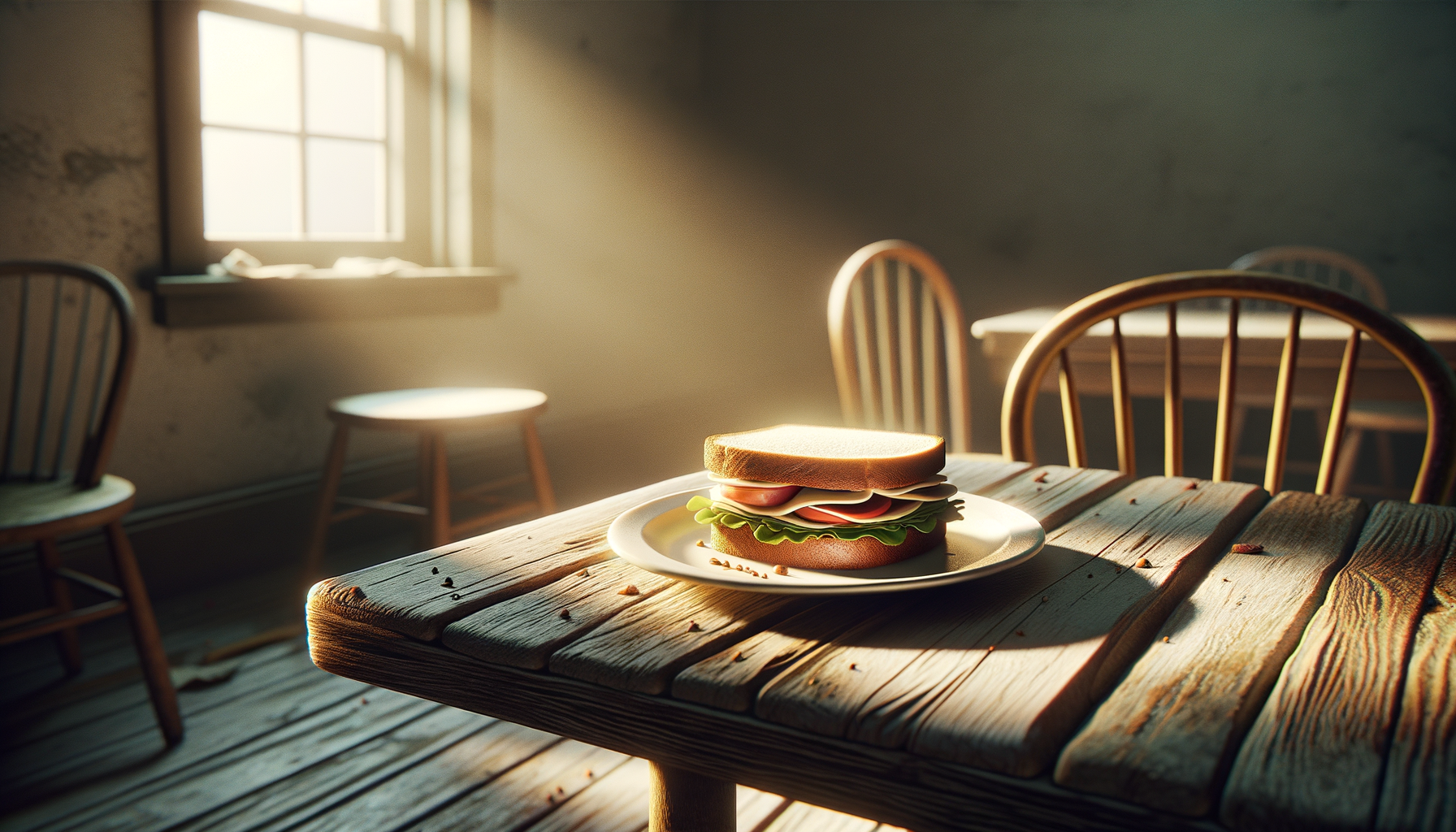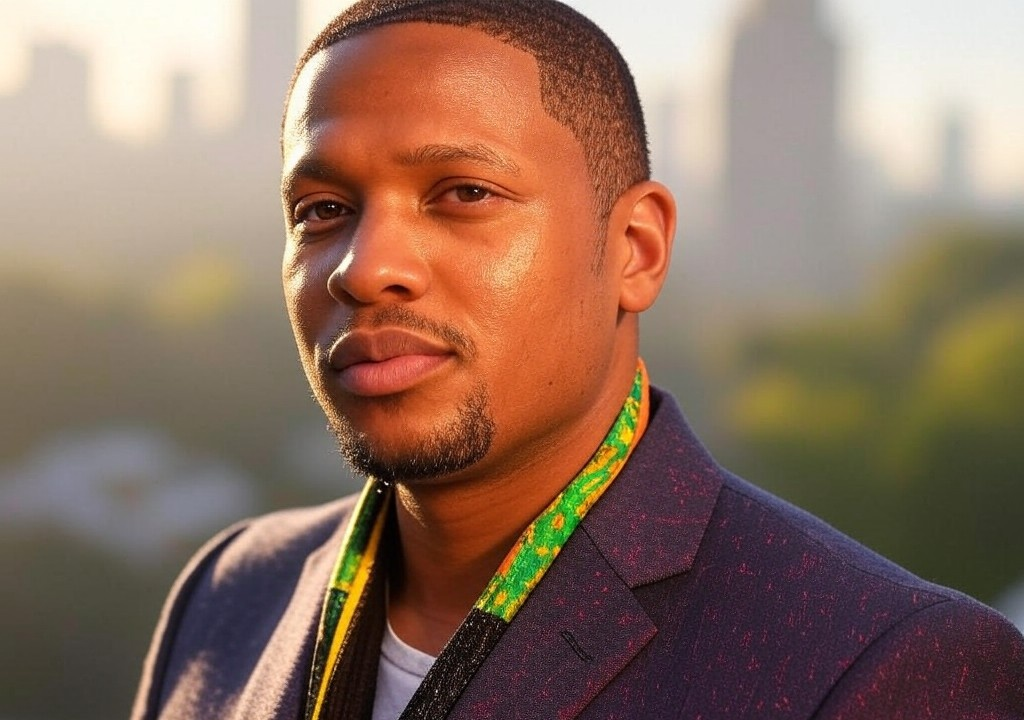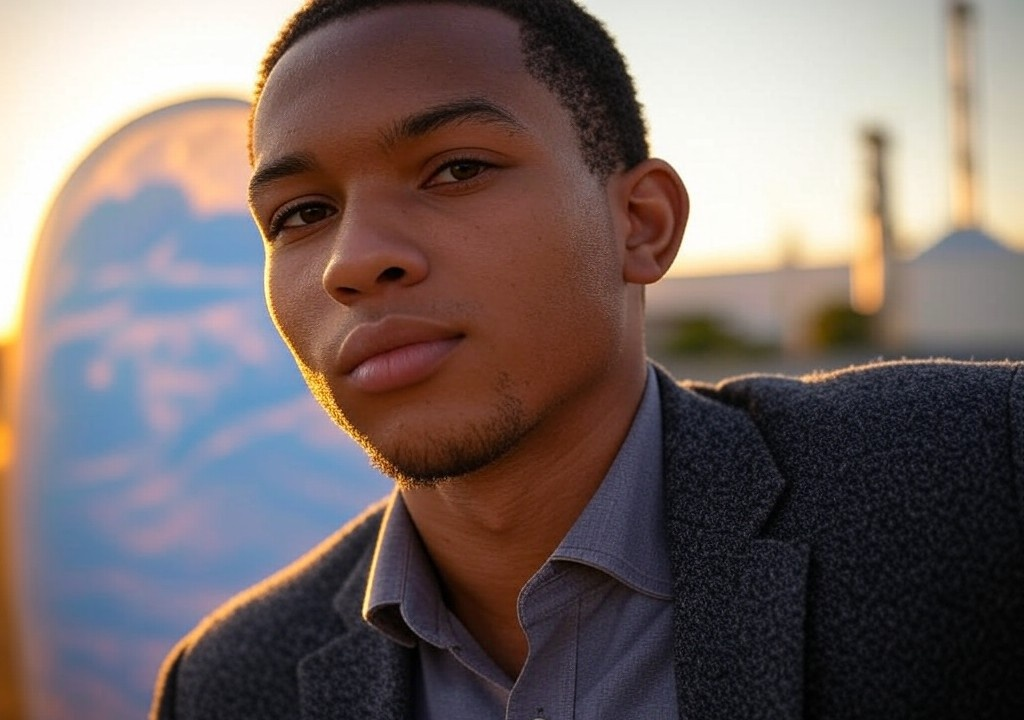I used to think life could be divided into neat chapters. Some were planned—like the Sunday school lessons that ended with colorful flannel board depictions of Noah’s Ark—and others landed on me unexpectedly, like having my crush declare in front of the sixth-grade class that I “ran like an injured ostrich.” What I didn’t know back then was that one particular chapter was waiting for me, quietly nestled between the covers of a worn-out library book.
The book was Marilynne Robinson’s Gilead. I didn’t pick it up expecting a radical transformation. In fact, the only reason it caught my attention was that it was propped at the university library’s “Staff Picks” shelf. I was killing time between classes, too cheap to spring for another coffee. The book immediately felt out of place on that shelf, where YA romances and true-crime novels jockeyed for attention. The muted cover almost dared me to ignore it. But something—a mix of curiosity and guilt about failing yet another reading goal—pushed me to check it out.
What I didn’t realize at the time was how much this quiet, reflective novel about a dying preacher in small-town Iowa would change the way I approached my relationships, including the one with myself.
Chapter 1: The Theology of Seeing People (and Yourself) Fully
Here’s where Gilead pulled the rug out from under me, albeit slowly and gently, like a wise old man who doesn’t want to alarm you. Its narrator, Reverend John Ames, spends much of the novel writing letters to his young son, knowing he won’t live long enough to see him grow up. Ames reflects on grace, doubt, and what it means to genuinely see another person. Not just their outward actions but their fears, joys, even their ugliness.
That idea—that everyone, including myself, contains infinite layers we may literally never uncover—changed how I interacted with people. Up until that point, I had been a bit of a checklist guy, especially when it came to relationships. Do we vibe? Check. Are they funny? Check—and I mean funny funny, not “I-watched-too-many-episodes-of-The-Office funny.” Are they kind to waiters? Big check.
But Gilead doesn’t let anyone off the hook with surface-level thinking, which—I’ll be honest—was both inspiring and inconvenient. Ames constantly acknowledges the mystery of others’ existence, and it forced me to wonder: What complexities am I ignoring in people I’ve either flat-out dismissed or simplified into neat little boxes?
This revelation was especially sobering once I realized I’d been doing the same thing to myself. The book reminded me of the parts of me I’d politely tucked away—the kid who loved belting out choir solos while secretly envying the freedom of backpackers who didn’t attend 6 a.m. seminary. How many pieces of myself have I been editing out?
Chapter 2: Grace Is Messy, and That’s the Point
During one of my (mostly one-sided) conversations with Gilead, it struck me that relationships thrive on grace—not the tidy kind you roll out when it’s convenient, but the messy, exhausting kind where you keep showing up even when things feel hopeless. It’s the same kind of radical forgiveness that Ames extends toward the people in his life—particularly someone who hurt him deeply: his godson.
Quick flashback: Like any awkward 20-something, I’ve had my share of messy relationships. Although, raised in Utah with a well-behaved streak a mile wide, my “messy” involved awkward miscommunications and a spectacular overuse of emojis—not exactly the stuff of reality TV. However, I was incredible at holding grudges. Old arguments got carefully preserved and cataloged in my mind like baseball cards, ready to be smacked down during future spats.
Pretty soon, though, it became clear that holding grudges turned relationship “building” into relationship demolition. Gilead forced me to rethink what forgiveness looks like. Ames wasn’t absolving his godson because the guy earned it—he did it because forgiveness, however unglamorous and difficult, was the only move that made life bearable. Reader, let me tell you what an ego check that was.
This realization didn’t just affect how I treated others during tough moments; it also applied inward. Suddenly, harsh self-judgments felt… less necessary. Look, we all have big, cringe-worthy moments in our personal blooper reels. But if Ames could look at someone who set fire to part of his life and say, “You are no less worthy of love or grace,” I could probably forgive myself for fumbling through a first date or misreading someone’s text tone.
Chapter 3: Finding Depth in the Unremarkable
Now let me throw another wrench into the story: When people asked me about Gilead back then, my go-to response was, “Oh, it’s kind of slow-paced. Not for everyone.” That was my Mormon-influenced way of saying, I cried three times but don’t know how to explain why.
One of the most life-changing ideas in the book is this: The ordinary moments we treat as filler—making coffee, standing under a sprinkling of aspens on an autumn hike, exchanging a faint smile with a stranger—are the real stuff of life. Its “boringness” is its magic.
In dating and relationships, that sentiment hit me hard. We’ve been sold this idea that love is all fireworks and dramatic declarations, but my real connections—the ones that actually mattered—thrived in the unremarkable in-between moments. Cooking breakfast together. Swapping terrible puns during a long car ride through Moab. Laughing at nothing in particular.
Gilead gently reminded me that learning to fall in love with those perfectly imperfect, un-curated fragments of life—the crumpled edges, the pauses—is what makes love sustainable. It’s what transforms “flirt” into “familiar,” to borrow the language of this very publication.
Chapter 4: Being OK with Unfinished Business
Lastly, I have to tell you about one of Gilead’s boldest moves: It doesn’t tie everything up with a bow. Ames doesn’t answer every question about his faith. Some relationships remain messy. Life keeps going, unresolved. It’s uncomfortable but also true to how relationships—romantic or not—actually work.
That hit home during a relationship of my own that ended with the words, “I don’t think either of us is the villain here.” For a while, I wanted to pin the whole thing on someone—preferably not myself—but then I thought about Ames. Rather than striving for definitive closure, I emulated his quiet acceptance of loose ends. Some connections simply run their course.
The idea bled into every area of my life. I started treating unanswered questions as part of life’s mystery instead of problems to solve. And, wow, was that liberating!
Takeaways: How Gilead Might Speak to Your Story
While I’ll never claim my story is universal—it’s deeply steeped in faith, Utah mountains, and a persistent fear of disappointing my mother—Gilead left me a few lessons I think anyone can appreciate:
- Look deeper, especially at yourself. You contain multitudes. So does your partner. Don’t reduce either to a punchline or checklist.
- Forgive, messily. Grace isn’t pretty, but it’s a muscle worth developing—for the sake of love, including self-love.
- Obsess less over the grand gestures. The mundane carries more beauty and truth than you realize.
- Be OK with loose ends. Not everything will make sense, and not every story needs perfect closure. Love, doubt, and life are ongoing processes.
Closing Gilead for the last time back then, I had the clearest sense of what it means to live with intention—fully awake to every flawed, beautiful moment. These days, I keep my copy dog-eared, lending it out cautiously and secretly hoping it reshapes someone else’s life too.
And for what it’s worth, I still run like an injured ostrich. But I’m slowly learning to forgive that kid who shouted it. Knowing him, there’s probably a story there too.




















